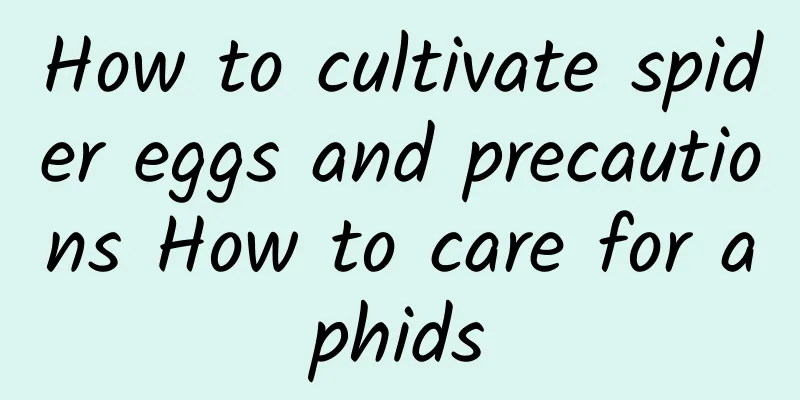How to grow poinsettia

soilThe most important thing for potted poinsettia is that the soil is clean and has no odor. Secondly, it should have good drainage, contain a small amount of soluble salts, and contain the necessary elements for the growth of poinsettia. If you dig soil directly from the community garden, make sure there are no impurities. The soil usually used is mainly peat soil, mixed with perlite, vermiculite, expanded clay and sawdust. Before planting, the soil should be flattened and exposed to the sun for 30 minutes. FertilizationPoinsettia likes fertilizer and should be fertilized once every 7 to 10 days during the growing season. You can choose a nitrogen, phosphorus and potassium compound fertilizer. From August until flowering, apply nitrogen and phosphorus liquid fertilizer every 7 to 10 days. Apply more phosphorus fertilizer when flowering is approaching to ensure large and bright flowers. However, do not apply too much fertilizer each time, and do not apply raw fertilizer. Usually fertilize in the evening and water the next morning. In winter, when light levels are lower, fertilize more frequently and at half the concentration. WateringPoinsettia is sensitive to water. Uneven watering, or watering that is too dry or too wet will cause adverse reactions. If you water too much, the leaves will droop or even rot; if you don't water enough, the leaves will curl. Therefore, when watering poinsettia, you need to water it when the soil is dry and the ground is wet. In the early stage of growth (for planted seedlings), the plants are not big, so water them less often. In summer, when the temperature is high and the plants grow vigorously, water them more often. Water them once in the morning and evening every day, and spray water on the ground according to weather conditions. Water once every 1-2 days in spring and autumn illuminationPoinsettia is a short-day plant. Flower buds will only begin to differentiate when the light exposure is less than 12 hours a day. In order to bloom normally, the flower bud differentiation requires more than 15 hours of darkness. During this period (October to March of the following year), light exposure should be avoided. Other than that, normal maintenance and appropriate shade during summer noons are sufficient. PrecautionsThe key to growing poinsettia is watering. As long as there is no sudden bad weather, the outdoor environment can fully meet the growth needs of poinsettia. However, improper watering will affect the growth and development of the plant. Make sure the soil in the pot is moist but not dry. Poinsettia is a light-loving flower that can grow healthily under strong light, but it cannot tolerate the scorching sun at noon in summer. Appropriate shading will not hinder its growth. |
>>: What are the common varieties of Begonia?
Recommend
Grow these 4 kinds of flowers in the spring, they will bloom in bright colors and you will never have to worry about having nothing to see
lily Lily is a plant that many people like to gro...
Plants in space
1. Are there any plants? As of now, there are sti...
How long is the growth cycle of a peach tree?
Introduction to Peach Tree Growth Peach trees pre...
How many times a year can green beans be planted? Can they be planted all year round?
Green beans can be planted twice a year . The bes...
Emergency tips for treating Clivia's arrow
1. Shade This is the simplest and most common met...
I've been growing flowers for 5 years, and a lot of them died, but these 10 are still blooming on the balcony!
1 morning glory When summer comes, Huahua always ...
The efficacy and function of Cibotium
The efficacy and function of Cibotium Water chest...
Autumn corn planting time and method planting technology and management
Autumn corn planting time Autumn corn is planted ...
The ornamental effect of wintersweet
The ornamental value of wintersweet The winterswe...
Cultivation techniques and management methods of Queen Nina grapes (introduction to the characteristics of Queen Nina varieties)
Introduction of Queen Nina grape Queen Nina, also...
The efficacy and function of chrysanthemum
The efficacy and function of chrysanthemum Clear ...
How to prune spider plants?
Chlorophytum pruning time There is no specific me...
What to do if the Milan flowers have root rot
1. Water Improper water is actually the main caus...
Are there two kinds of forget-me-not?
Forget-me-not is not only a Forget-me-not, a beau...
Cultivation and breeding methods of fortune tree
The money tree is favored by many people because ...









